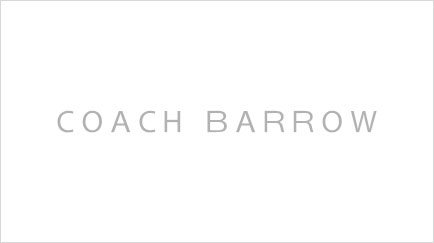There’s been a lot of talk about the “hub and spoke” business model for independent micro-corporates and very little action.
Until now.
One of my top predictions for 2016 is that many more owners of £1m+ private practices will decide to join the search for local business purchases.
The target will be the 3-chair, £400,000 practice owned by a tired Boomer who simply cannot take any more 2, 3 or 4-letter acronyms:
GDC, CQC, SEO, HMRC, CRM, HR, VAT, PI, CCL, PPC – and so on.
The aforementioned small practices are below the radar for most of the macro-corporates and are considered lawful prey for predatory dental dragons.
The business speculators are out there, sniffing for the distress sale due to illness, marital separation or financial pressure.
I hear the the tale every week of the Boomer owner who gets excited at the suggestion of a high goodwill value, romanced by a prospective purchase and then chipped on the deal at the eleventh hour.
The savvy £1m+ practice owner can offer the neighbouring vendor the opportunity to exit their business with dignity, at a fair price and on terms that allow a staged exit on secure terms. Keeping the business in local ownership has a huge appeal to the incumbent team and patients.
Thus, the satellites can be refurbished, expanded to £750,000 sales over a 3-year period and supply a secure source of referrals to the hub practice.
Onward and upward to a £2.5m hub and 10 satellites at £750,000 each – the £10m micro-corporate.
The challenges facing the ambitious are considerable, both before and after purchase:
- identifying the target satellites in the first place
- maintaining a good relationship with them over time
- dealing with the red mist of valuation madness when it comes time to sell
- fending off the predators and their false promises
- executing correct due diligence before the final offer is made
- securing the loyalty of team and freelance clinicians
- the deal itself and the inevitable delays caused by legal process
- the announcement and handover
- transitional business arrangements
- the rebrand and refurb
- the integration of people and systems
- the future management and leadership of the operational team
- selecting and mentoring the new clinical team
- marketing the satellite and new patient acquisition
Managing those 14 steps in addition to maintaining the flow of the hub business can be exhausting and the existing Principal and management team will rarely have the time or the expertise.
The majority of my professional time is now invested in mentoring the hub owners and their managers in this process.
In August this year I set out to create a series of “how to” posts for the £10m micro-corporate.
That done I challenged myself to find 20 clients before the end of 2015 who wanted to take that journey.
On Friday last, client #20 agreed to start work in the New Year.
I’m hoping to meet a bonus #21 today.
The 20 clients have hired me for 6 months with a review at that point.
Some will fall by the wayside, others will fire me because they aren’t getting what they need.
I’ll be looking for some new members of this exclusive tribe to work for from July 2016 onwards.
If you are interested in exploring your own path to £10m in sales – I’m happy to attend a 2-hour interview at your premises.

